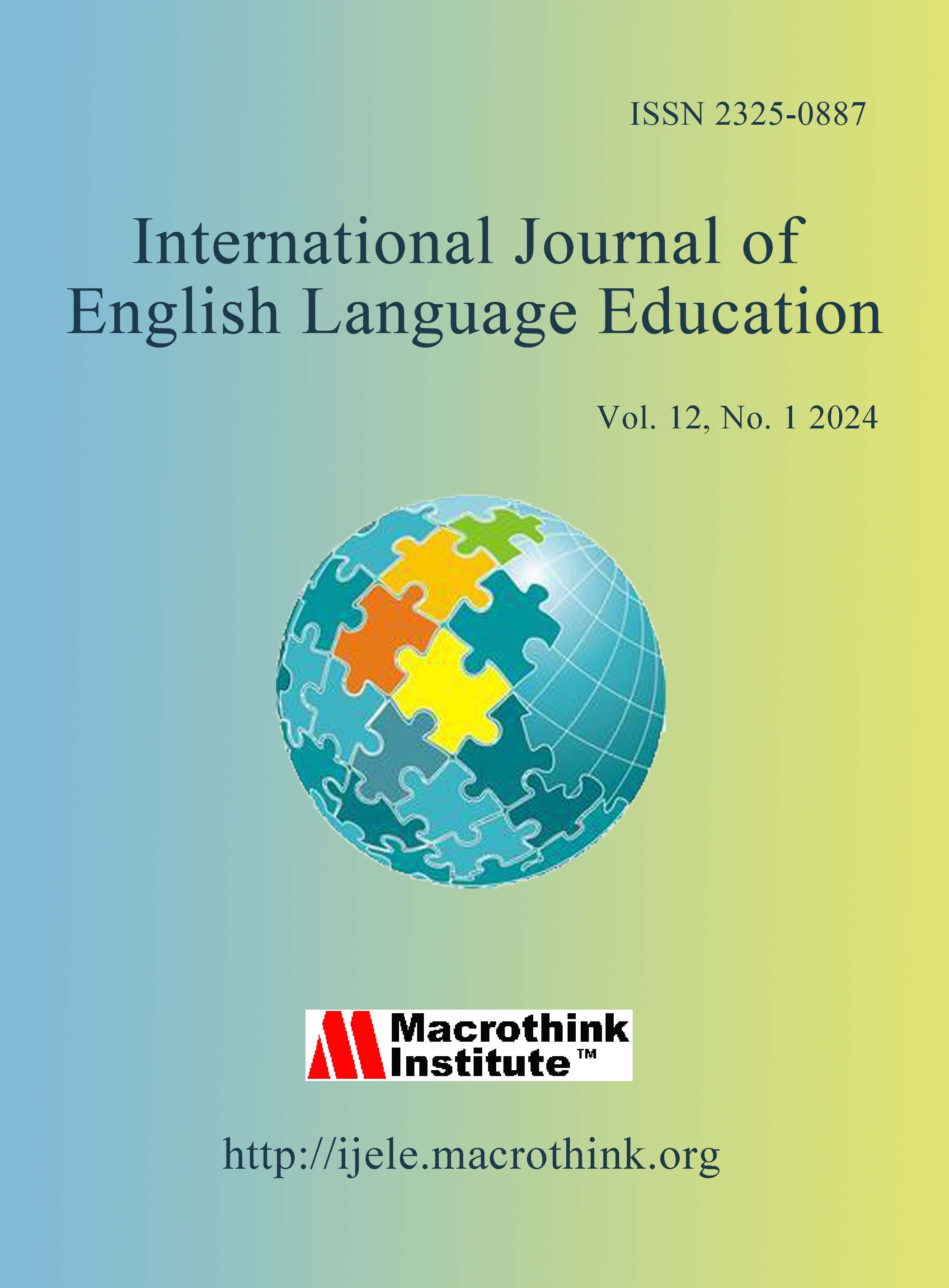Investigating the Efficacy of Using Online Resources for Production Training in Learning Non-Native Vowel Contrasts
DOI:
https://doi.org/10.5296/ijele.v11i1.20601Keywords:
pronunciation training, online ultrasound videos, L2 speech perception and productionAbstract
The current study investigates the benefits of virtual phonetic training on second language (L2) vowel production and examines whether production training improves perception. While the benefits of production instructions were investigated with instructions that were delivered by either a virtual or a face-to face teacher, a few studies investigated the benefits of online resources for second language (L2) learning with tutor audio instructions and feedback. Fifty-five Arabic speakers (21 served as a control group) took part in 3 one-to-one training sessions and were trained on producing seven Standard Southern British English (SSBE) vowels (/ ɪ, ɛ, ʌ, ɑː, ɔː, ɒ, ʊ/) that have been found to be difficult for Arabic learners of English. Improvements were assessed by their vowel identification, category discrimination accuracy and their vowel intelligibility. The results showed some improvements in vowel intelligibility and that vowel learning paved the way for improvement in perception, relative to the control group. The results indicate that using web-based tools along with audio instructions are beneficial for L2 learners and confirmed previous findings about the relationship between improvement in speech perception and production.




